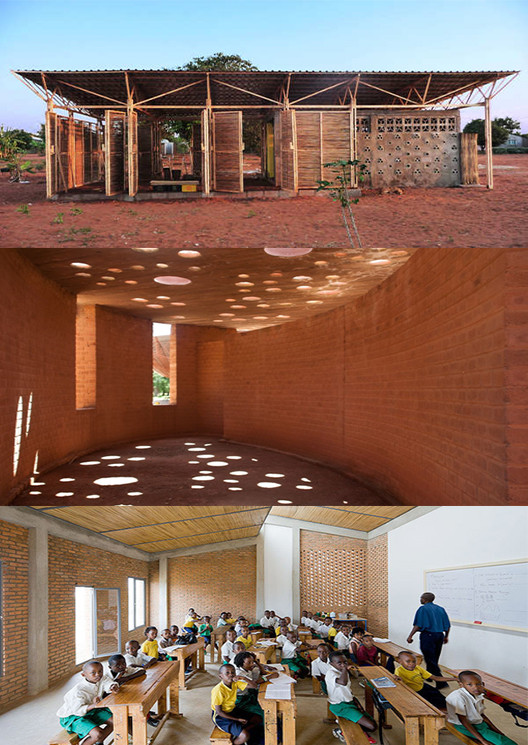
At its debut at the Venice Architecture Biennale 2014, Indonesia offers a peek into the country’s past 100 years of architectural history in its pavilion: “Craftsmanship: Material Consciousness.” Moving images projected onto glass panels tell Indonesia’s story through the development of six materials, traced over time: wood, stone, brick, steel, concrete and bamboo. See images of the pavilion and enjoy a statement from the curators after the break.


















